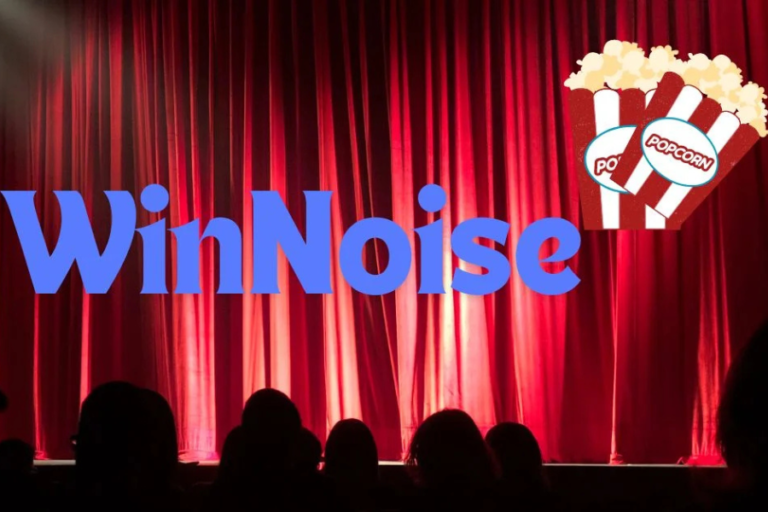
smashblendy com
Introduction
In a digital world where capturing user attention is increasingly difficult, SmashBlendy com offers a compelling case study for digital marketers and SEO professionals. This browser-based game—built around smashing and blending virtual objects—has gone viral by delivering satisfying, low-friction engagement experiences.
But this isn’t just about gaming. The success of SmashBlendy com reveals powerful lessons in user experience (UX), retention mechanics, and viral content design that brands and marketers can apply to their own digital strategies. Whether you’re optimizing a content platform, launching an app, or improving your website’s engagement metrics, understanding what makes tools like SmashBlendy com addictive and shareable can sharpen your marketing approach.
This article unpacks the game’s structure, design choices, and psychological triggers, then connects them to actionable marketing insights. You’ll leave with fresh ideas for driving engagement, boosting retention, and aligning UX with SEO goals.
What Is SmashBlendy com and Why Should Marketers Care?
At its core, SmashBlendy com is a minimalist, web-based game where users “smash” and “blend” brightly colored items for fun and relaxation. There’s no registration, no clutter, and no learning curve—just instant interaction.
Why should marketers take notice?
- Zero-barrier entry: The platform loads instantly and requires no sign-up, demonstrating the power of reducing friction.
- Sensory appeal: It taps into ASMR trends with visual and auditory satisfaction.
- Micro-engagement: Sessions are quick and gratifying—perfect for repeat visits.
For digital marketers, this serves as a model for designing low-commitment, high-reward interactions that generate word-of-mouth traffic, improve time-on-site, and encourage social shares.
What Drives Viral Engagement? Lessons from SmashBlendy com
1. Instant Gratification Fuels Repeat Use
SmashBlendy com capitalizes on a core psychological trigger: instant feedback. Every user action—crushing, mixing, or blending—produces an immediate, pleasing result. This mirrors techniques used in app gamification, such as progress meters and micro-rewards, which increase user satisfaction and return rates.
Takeaway for marketers: Use real-time feedback loops. Whether through instant chat support, visual loaders, or in-app responses, real-time interaction boosts trust and engagement.
2. ASMR & Visual Design: Multisensory Engagement
The game’s ASMR-style sound effects and vibrant visuals offer a soothing, immersive experience—tapping into a massive trend in video content marketing.
Marketing tip: Sensory content works. Include videos, interactive infographics, or subtle sound cues in your landing pages and content hubs to enhance emotional engagement.
3. Minimal UI = Maximum Retention
SmashBlendy com’s interface is refreshingly simple. No ads interrupt gameplay, no pop-ups block the view, and no long load times deter users. This aligns perfectly with Google’s Core Web Vitals and UX best practices.
SEO insight: Clean design doesn’t just improve user experience—it supports better rankings. Simplify navigation, reduce clutter, and ensure mobile responsiveness for both engagement and crawlability.
4. No Login Required = Wider Reach
By eliminating the need for user credentials, the platform encourages casual engagement—especially from mobile users and international audiences who avoid barriers.
Action point: Consider offering guest checkouts, free previews, or content without paywalls to capture a larger audience and funnel them into conversion later.
5. Shareability and Virality by Design
While the game doesn’t aggressively push sharing, its visual novelty makes it inherently shareable. It’s the kind of tool that ends up on TikTok or in WhatsApp groups naturally.
Marketing play: Use design elements that naturally lend themselves to screenshots, reactions, or challenges. Then, gently enable sharing with buttons or incentives.
Applications for SEO and Digital Strategy
The success of SmashBlendy com can inform various facets of SEO and digital marketing:
- Dwell Time Boosters: Use interactive tools or micro-games on your site to keep users engaged.
- UX as a Ranking Signal: Prioritize seamless, fast-loading, mobile-first experiences.
- Trend Piggybacking: Align your content with viral or sensory trends (like ASMR or gamification) to reach broader demographics.
- Zero-Friction CTAs: Experiment with lead-gen tools that don’t require immediate form submissions or logins.
Conclusion
SmashBlendy com might look like a simple game on the surface, but its success offers a goldmine of marketing and UX insights. From zero-friction design and ASMR integration to engagement loops that hook users without overwhelming them, it presents a blueprint for how digital properties can attract, satisfy, and retain attention in 2025’s crowded online environment.
Digital marketers, SEO professionals, and business owners should treat this as more than a novelty. It’s a living example of behavior-driven design, one that can be replicated in ecommerce, SaaS onboarding flows, content marketing, and beyond. By applying these principles, your platforms and campaigns can become more engaging, shareable, and conversion-ready.
Frequently Asked Questions (FAQs)
1. What is SmashBlendy com, and how does it relate to digital marketing?
SmashBlendy com is a browser-based interactive game focused on smashing and blending virtual objects. For marketers, it’s a case study in effective user engagement, sensory design, and viral shareability—offering inspiration for UX, gamification, and content strategy.
2. Why should SEO professionals pay attention to simple web games like this?
Web-based games like SmashBlendy com demonstrate how low-friction, fast-loading, mobile-optimized platforms can improve user metrics such as dwell time, bounce rate, and engagement, all of which impact SEO performance under Google’s user behavior signals.
3. Can the engagement strategies used by SmashBlendy com be applied to other websites?
Absolutely. Core tactics—like instant gratification, minimal UI, sensory appeal, and shareable design—can enhance landing pages, e-commerce sites, blog UX, and even SaaS product onboarding flows.
4. Does SmashBlendy com use any advanced tracking or collect user data?
No, SmashBlendy com operates without login requirements or data collection prompts. This simplicity is part of its appeal—and a useful lesson in earning trust by reducing entry barriers.
5. How can business websites incorporate similar elements to increase engagement?
Consider using interactive widgets, micro-animations, or gamified calls to action. Also, design for mobile-first responsiveness, minimize loading friction, and focus on visual and audio satisfaction to create emotional appeal.






